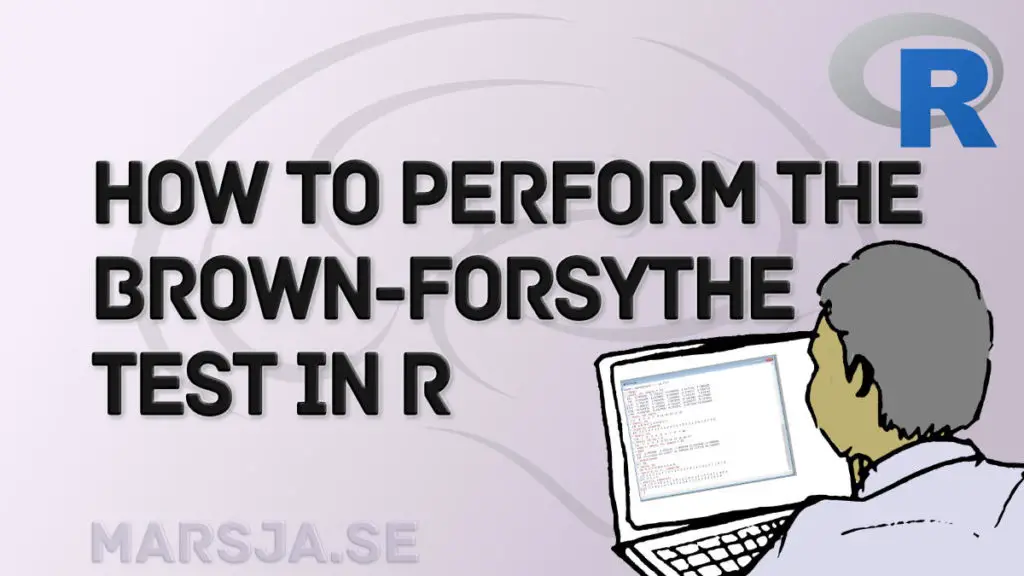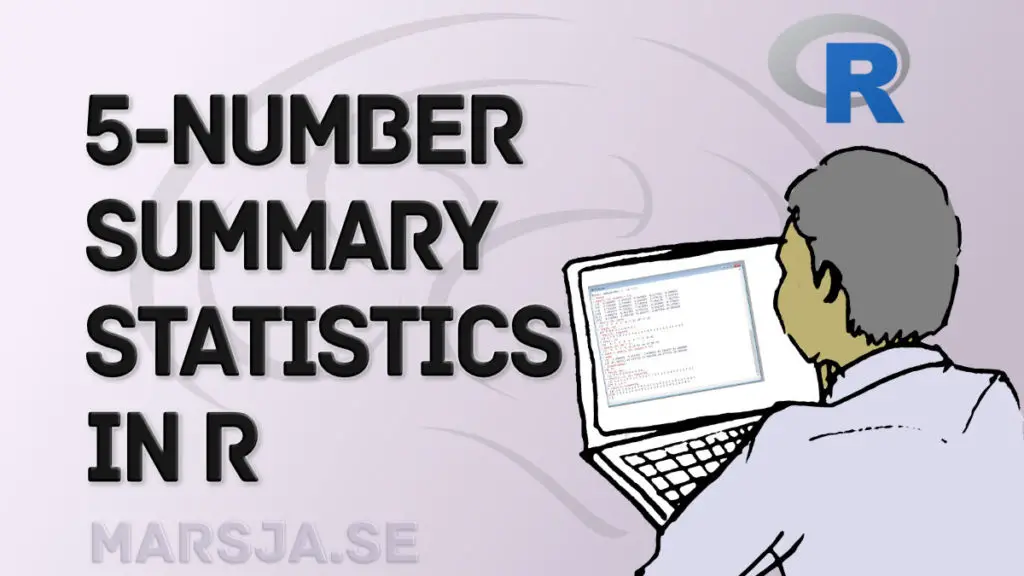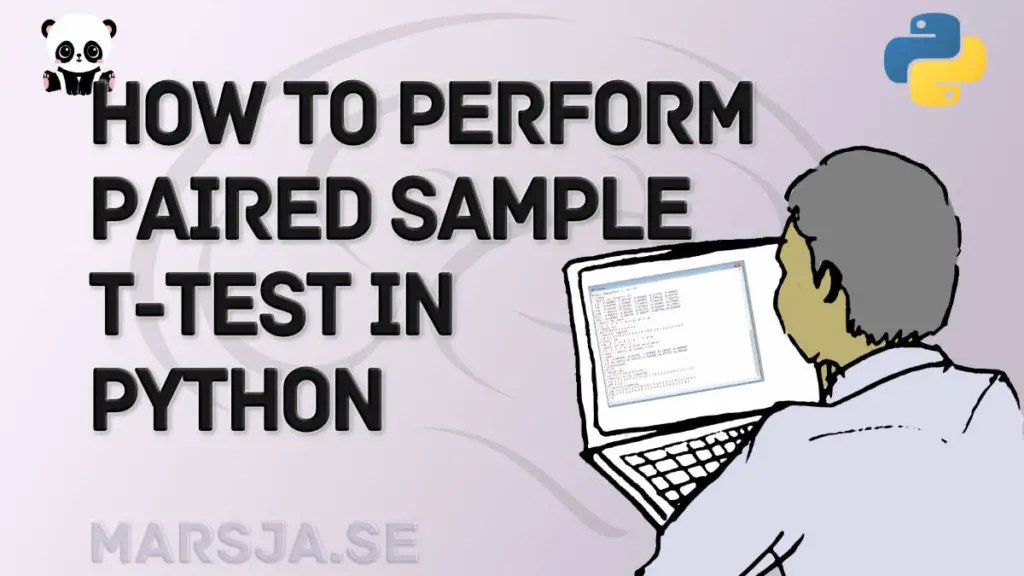R Count the Number of Occurrences in a Column using dplyr
In this R tutorial, you will learn how to count the number of occurrences in a column. Sometimes, before starting to analyze your data, it may be useful to know how many times a given value occurs in your variables. For example, when you have a limited set of possible values that you want to […]
R Count the Number of Occurrences in a Column using dplyr Read More »









